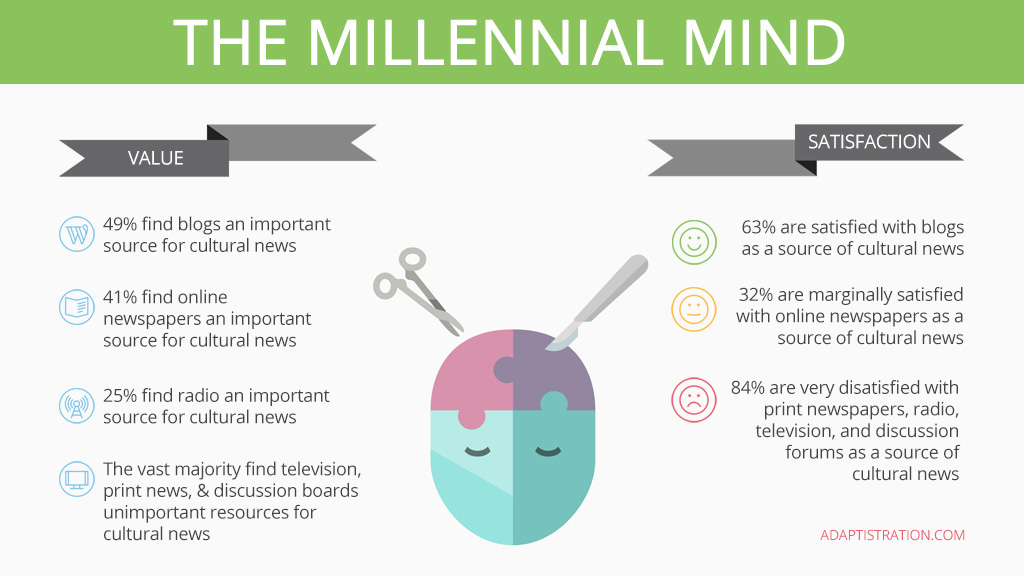Adaptistration reader Robert in DC wrote in over the holiday to take issue with
“In thinking about the two opposing points you made, I would have to disagree to a point. I feel that focusing arts programming within schools (orchestral concerts, instrument petting zoos, etc) is absolutely essential to build a future audience. If our children aren’t being culturally nourished and exposed to the arts through their daily school activities, as they grow older and become parents themselves, they are not likely to attend a concert in the park. The assumption that a cross-section demographic attends performances such as plays or concerts in the park would be misleading at best. Have you ever gone to the Shakespeare Theatre’s Free Performances at Carter Baron, or NY’s Central Park Concerts? They are riddled with white middle and upper class patrons that already attend cultural institutions on a regular basis. By double-marketing to this same audience, we’ve in essence, become incestuous, and self-serving as a demographic. All the while, other races and poorer economic groups are not encouraged to broaden their cultural identity and embrace the arts, whether it be orchestral, theatrical, etc. These are the untapped audience members of the future, and without them, we risk the future of our arts organizations across the board.”
Although Robert does an eloquent job of stating what many readers write in to say, there is one critical component of his response that does not work as an accurate evaluation device. That is the tendency of arts managers to relate cultural experiences in large cities to mid-size metropolitan/suburban centers. Most arts managers (and their philosophy) have developed from the cultural scenes in NY, Boston, Chicago, LA, etc. But I don’t think that what happens among the culturally affluent in a large city is as applicable in Milwaukee, Denver, or Kansas City.
I try to target my writing toward the vast Middle America outside of the metropolitan cultural mainstream. I see America as a cultural feudal system: Massive city-states that have their own rhyme and reason. Attempting to transfer what happens in NYC to Oklahoma City is like pounding the proverbial square peg in a round hole. When I go to a free concert at the Baltimore Symphony Orchestra (the other BSO) I see far less of the rich-white-middle-class than when I attend a Masterworks concert at the orchestra’s main hall.
However, Robert makes an excellent point about “double marketing” to the same audience. I feel that most orchestras do an awful job of selling the orchetra experience to non-traditional audience sources. I’m not entirely sure if this is because they simply don’t know how to do it or they are afraid of mixing their current core audience with an influx of new patrons (that have very different ideas about what constitutes an orchestra experience). Sounds like another good blog topic to me. In the meantime,
write in to express your opinions and stay tuned ..
